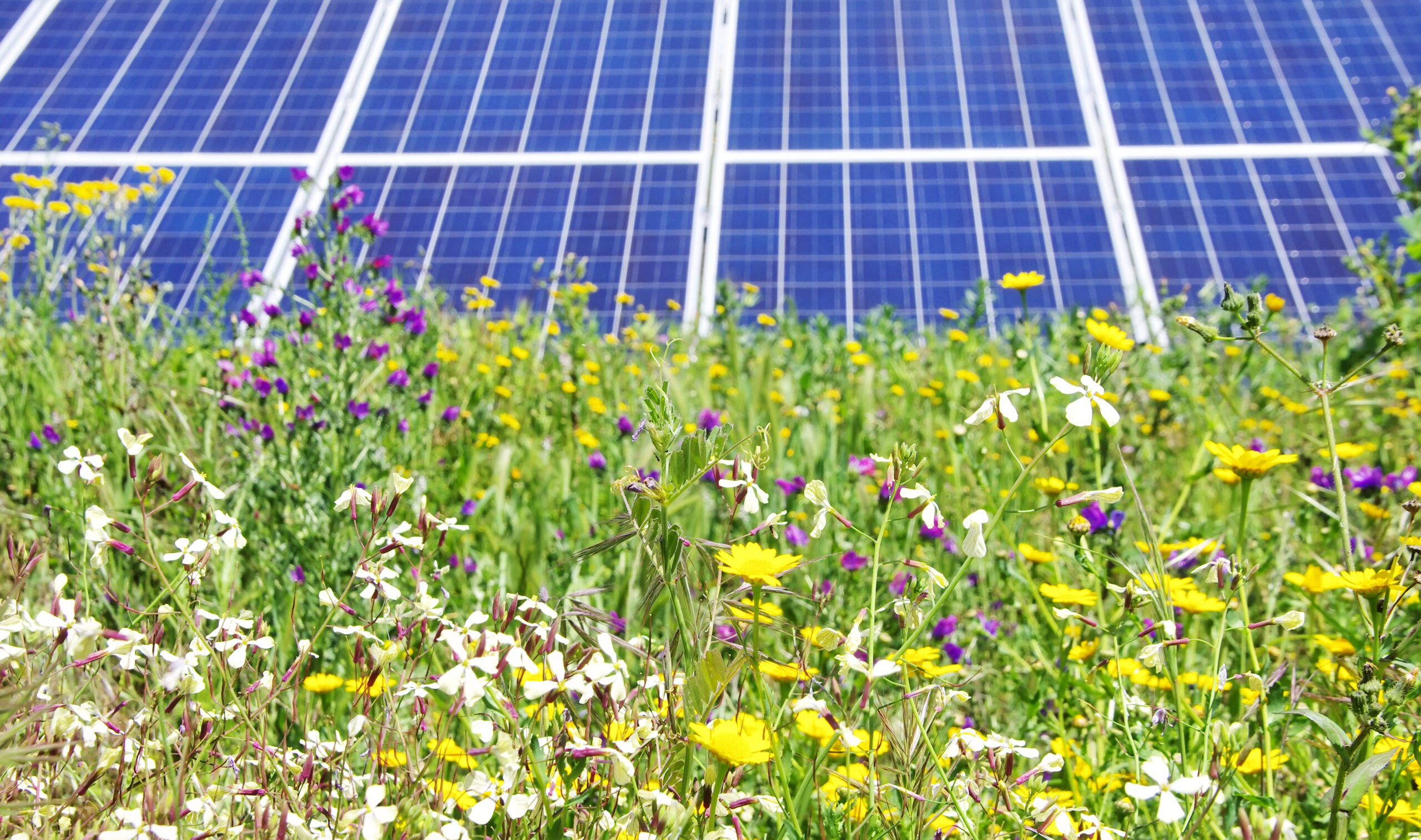Green Hydrogen
What is green hydrogen?
Hydrogen is the lightest and most abundant element in the universe, making up about 75% of its elemental mass.
Hydrogen is also reactive and can combine with many other elements, such as oxygen, to form compounds. One of the most common compounds of hydrogen is water (H2O), which is formed when hydrogen reacts with oxygen.
Hydrogen can be generated from a range of chemical species including hydrocarbons, ammonia, water and biomass and a number of processes are available for its production including:
- thermo-chemical processes such as steam reforming of hydrocarbons, biomass gasification, biomass-derived liquid reforming or solar thermochemical reforming.
- electro-chemical processes using electrolysis (as proposed for the HyBont Bridgend green hydrogen production facility).
- direct solar water splitting.
- biological processes using bacteria and microalgae to produce hydrogen via either photosynthetic or fermentative processes.
Green hydrogen refers to hydrogen produced from renewable sources rather than fossil fuels. The definition provided within the EU Hydrogen Strategy for green hydrogen is:
“Hydrogen produced through the electrolysis of water (in an electrolyser, powered by electricity), and with the electricity stemming from renewable sources. The full life-cycle greenhouse gas emissions of the production of renewable hydrogen are close to zero. Renewable hydrogen may also be produced through the reforming of biogas (instead of natural gas) or biochemical conversion of biomass, if in compliance with sustainability requirements.”
In the energy sector, hydrogen is often used as a fuel. It can be burned in internal combustion engines or fuel cells to generate electricity, and it can also be used as a fuel for transportation, heating, and industrial processes. When used as a fuel, hydrogen combines with oxygen to produce heat, water and electricity.
Visit our YouTube channel for a Welsh translation of this video
Benefits of green hydrogen
Green hydrogen has several benefits, including:
- Clean energy source: Green hydrogen is produced through the electrolysis of water using renewable energy sources like solar or wind power, making it a clean and emissions-free alternative to traditional hydrogen produced from fossil fuels.
- Versatility: Hydrogen can be used in a variety of applications, including as a fuel for transportation, heating, and industrial processes, making it a flexible energy source.
- Grid stability: Hydrogen can be stored and used as needed, making it a valuable tool for grid stability and integrating renewable energy into the grid.
- Reduced dependence on fossil fuels: By using hydrogen produced from renewable sources, the use of fossil fuels can be reduced, leading to lower greenhouse gas emissions and a more sustainable energy system.
- Job creation: The development and deployment of green hydrogen technologies can create new jobs in the renewable energy sector.


Role of green hydrogen in the UK
The role of green hydrogen in the UK is to provide a clean and sustainable energy source that can help the country to meet its decarbonization goals. The UK has set ambitious targets to reduce its greenhouse gas emissions, and green hydrogen is seen as a key part of the solution.
- Transportation: Green hydrogen can be used as a fuel for vehicles such as trucks, busses, ferries, trains and other heavy transport reducing the country’s dependence on fossil fuels and helping to lower emissions from the transportation sector.
- Energy storage: Green hydrogen can be stored and used as needed, making it a valuable tool for grid stability and integrating renewable energy into the grid.
- Industrial processes: Green hydrogen can be used in several industrial processes, including steel and chemical production, to reduce the use of fossil fuels and lower emissions.
- Heating: Green hydrogen can be used for heating, reducing emissions linked with heating homes and buildings.
The UK government has made significant investments in green hydrogen and has established a strategy to support the growth of the sector, including through the creation of hydrogen production and distribution infrastructure.

